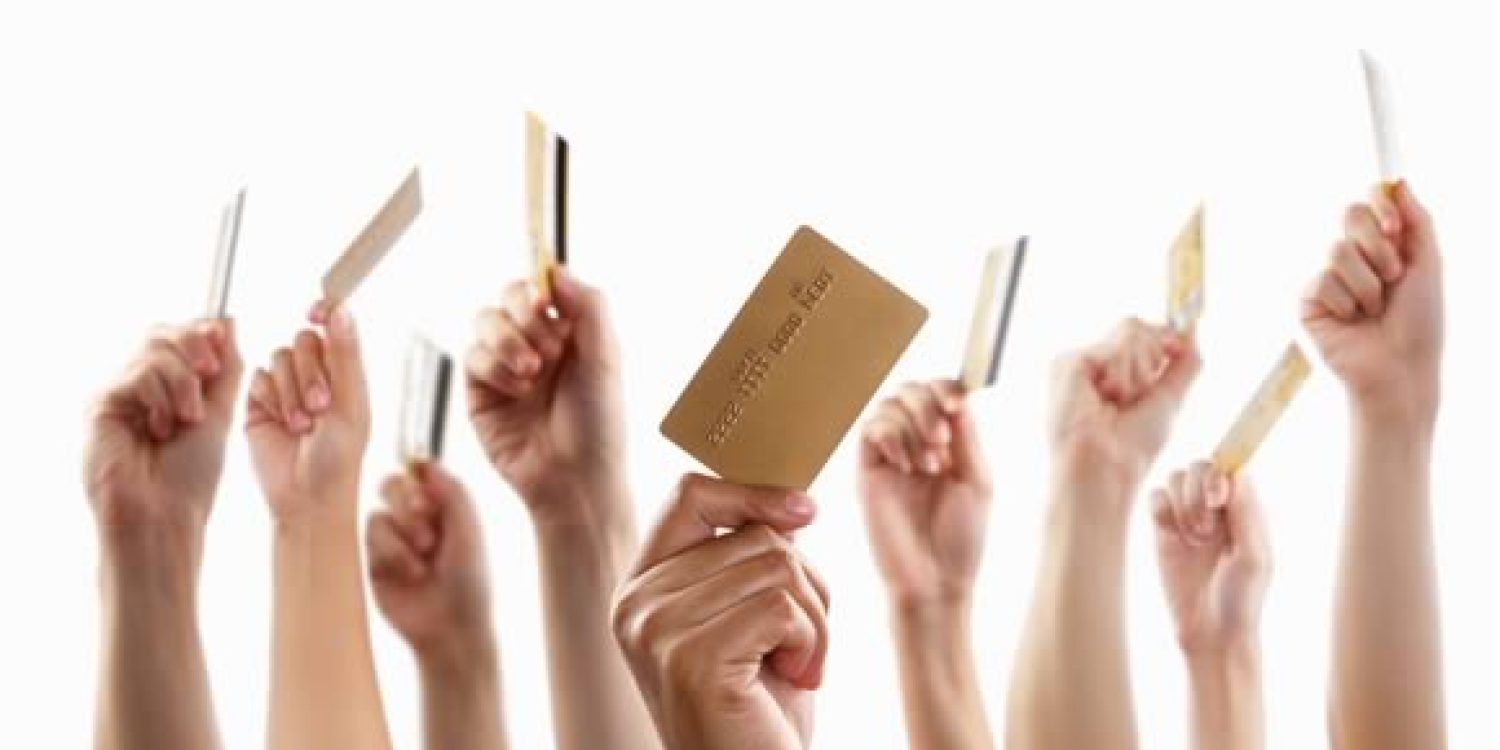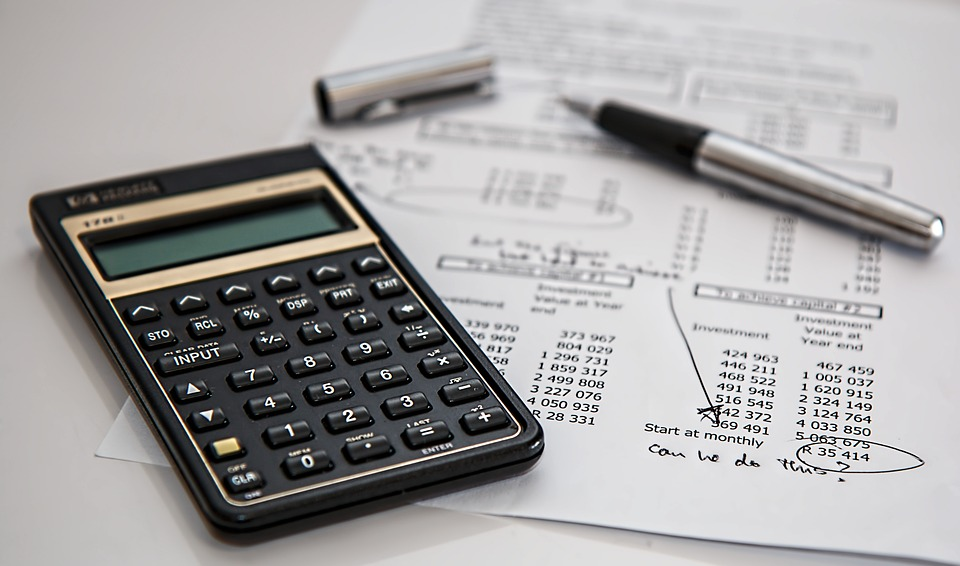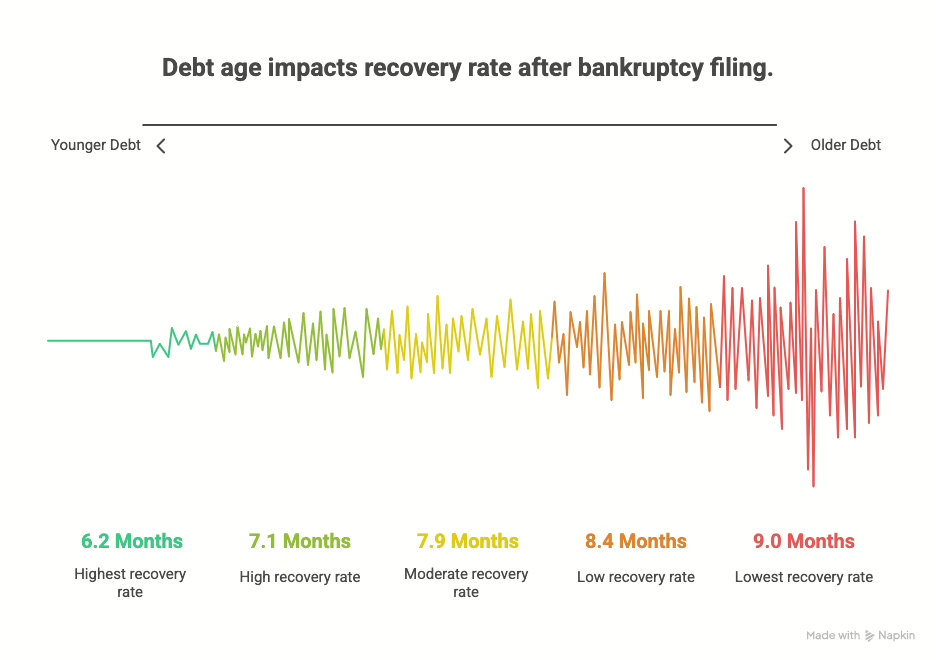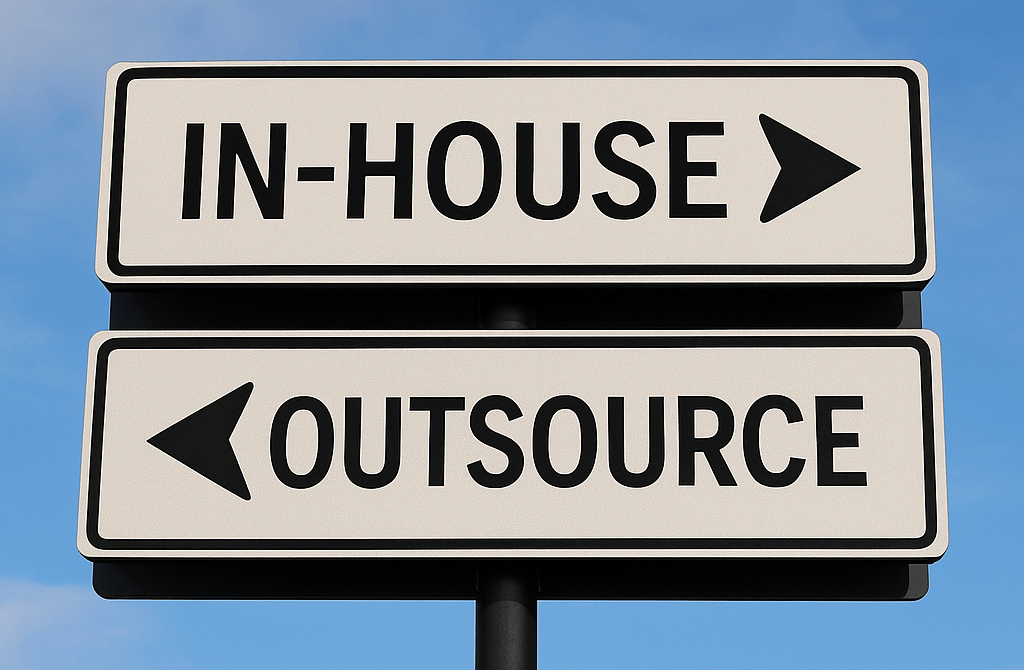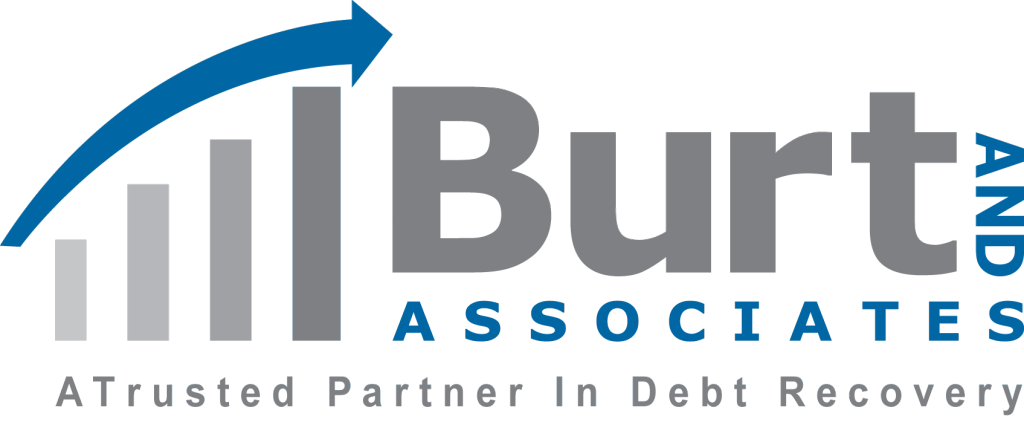The Impact of Credit Cards on The American Economy
The United States Economy would not be able to survive without the credit market.
Credit cards are the most common borrowing tool for American consumers and businesses. Likewise, outstanding credit card debt is what drives the US debt collection industry.
American consumers rely on the wide availability of credit to make everyday purchases. Today, the average American borrower is “responsible” with their line of credit. Austere borrowing and repayment of debts have strengthened the American credit card market. With availability and responsibility increasing, the US consumer credit industry is larger than ever.
Small business and “alternative workers” can benefit from business credit card accounts. All types of professionals qualify for business-specific credit cards. The perks of these cards include clear accountability of expenses, an increase in available cash flow, a better credit rating and much more.
The debt collection industry is essential to the credit market. By making sure borrowers make good on their delinquent debt, they provide a level of safety and remuneration for lenders. Debt collectors stimulate the credit card market and the US economy. Without them, both would falter.
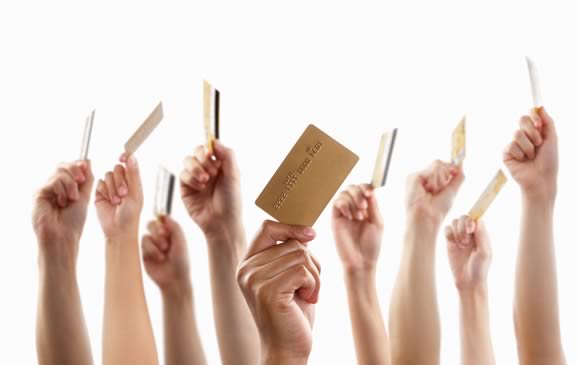
How are Consumers Using Credit Cards?
The American Bankers Association (ABA) recently published a study on consumer credit card usage and habits. View the complete findings of the Q2 2017 Credit Card Market Monitor in the report found here.
The study found that credit card usage has expanded to a record 91 million new credit accounts. While the user base of credit cards is becoming much larger, it seems that credit card users are exercising more caution.
The amount of outstanding credit card debt did rise slightly in the second quarter of 2017, but these figures are much lower than they were just a few years ago. And while there is a minor rise in outstanding debt, this is coming off a significant decline in Q1 2017. It seems that prudent management is the standard of today’s credit card holder.
Experts like Jess Sharp, the executive director of ABA’s Card Policy Council, feel that the “recent growth in the credit card market mirrors improvements in the overall economy.” Citing a low unemployment rate and the rise of wages, Sharp feels that consumer financial health is on the rise.
The credit card market is aggressively expanding for consumers, but it appears that reckless borrowing is no longer an issue for the average American card holder. Because, as Sharp says, these borrowers are “tapping the breaks,” the credit market itself is positioned to grow and flourish.
The number of all credit card accounts in the United States increased in Q2 2017. With a 5.3% growth increase, the number of new accounts opened has reached a new post-recession high. Subprime, prime and super-prime accounts all grew during the second quarter, with the largest growth in the super-prime category. About 360 million total credit card accounts were tabulated in Q2 2017.
If you’re curious about the complete findings of ABA’s report and the data they accumulated, you can view the entire report by clicking here. This is the latest version of the ABA’s Credit Card Market Monitor (Q2 2017.) A new edition of the report is published every quarter.
How the Credit Card Market Effects Small Business
How is the small business credit card market affecting the economy?
According to First Data Market Insight, small businesses lacked access to credit and micro-loans during the recession of 2008 – 2009. But, just as the credit market has improved for consumers, it has for small businesses.
In a study published by PayNet, small business borrowing and investment rose 3.9% in Q2 2017. While growth is considered slow or “subpar,” credit risk has fallen dramatically. Delinquent loans have dropped to an all-time low of 1.32%. PayNet thinks this a promising sign for small business growth and borrowing.
Small business can benefit from the current credit card market in several ways. Business credit card accounts are more available than they’ve ever been. With the right credit card, a small business can improve cash flow, build credit and earn rewards.
In today’s economy, it’s not just small companies that can use business credit accounts. Many types of workers can qualify for a business line of credit. This can include self-employed freelancers, entrepreneurs, and business owners. According to the US Department of Labor Statistics, about 11 percent of the US workforce can fit into these “alternative worker” categories.
A small business can effectively improve cashflow with a business credit card. It’s standard practice for a business to put many of their expenses on credit, pay the bill in full before the end of the month, and avoid paying interest or late fees. Not only does this improve the company credit rating, but it keeps cash available for day-to-day operations. Cash on hand is an invaluable asset for a small business.
Before considering this practice for your small business, make sure you’re able to settle your expenses each month. This tactic is designed to avoid interest payments affecting your bottom line. Only borrow what you can pay back that month.
Having a credit account specifically for your small business can help you separate personal expenses from business expenses. This is crucial for accounting. Having a specific tally of your business credit card expenses can also help you earn rewards. Get the most out of your spending with a credit card that offers cashback or other incentives.
The Credit Card Market and Debt Collection
While the small business may not have many delinquent loans in Q2 2017, the same can’t be said for the consumer market. Let’s look at debt collection industry’s effect on the economy and the credit card market.
In a survey conducted by the U.S. Consumer Financial Protection Bureau (CFPB) respondents cite issues with responsible debt collection. About ⅓ of those surveyed report an issue with debt collectors. Check out these findings from the Fair Debt Collection Practices 2017 report:
- 53% of respondents have been contacted about a debt that didn’t belong to them and/or for the incorrect amount
- 54% of respondents received four or more calls from debt collectors each week. 27% of those surveyed felt “threatened” by these collectors.
- 42% of respondents told the debt collectors to cease contact – but only one of every four of these collectors actually stopped calling.
The CFPB provides free resources for consumers to learn more about debt collection. They’re also responsible for enforcing these standards. Read more about compliance and the guidance that CFPB offers to debt collectors and financial institutions here.
Transparency and responsibility in the debt collection market are essential to the American economy. A white paper published by the Association of Credit Collection Professionals shows a USD 12.07 trillion market size for outstanding consumer debt. Here’s more information about this debt and the industry that serves it:
- The US Economy needs available credit to sustain itself. Credit cards make up 70% of credit used by American households.
- The main reasons most Americans use credit cards are to purchase expensive products and services without relying upon or their pay cheque, and to navigate unexpected financial turbulence.
- In America, delinquent credit card debt is second only to student loan debt.
- Without the role of debt collectors in the American economy, lenders would not be able to provide credit to most consumers. Outstanding debts would go unfulfilled and the losses generated would ultimately be passed on to the end consumer.
For more findings, check out The Unsung Heroes of Business Owners.
Credit & The United States of America’s Economy
Two factors should guide all credit card decisions in America: planning and responsibility.
Credit cards are a tool. Planning specific uses for them will get the most out of its borrowing power. Consumers should evaluate their ability to repay expenses and have a timeline in place before they borrow. This keeps credit scores healthy and interest payments down.
Small business can do the same by planning a full month’s borrowing and timely repayment. This lets the business keep more cash on hand for daily operations. By planning how much to borrow and knowing when to repay, a small company uses their credit card to grow their business.
The debt collection agency can count on a certain amount of outstanding debt every year. Responsible debt collection is the key to their success. By eliminating predatory practices and following federal regulations, debt collectors are more likely to succeed at their jobs.
Because debt collection is a trillion dollar industry, it plays an essential role in the American economy. However, that doesn’t give consumers or small business the right to borrow without responsibility.
When companies and individuals use their credit cards carefully, they avoid going into debt. Responsible, cautious consumers are the reason why the American credit card market is bigger than it’s ever been. Small business credit is at its peak availability because lenders can safely offer lines of credit.
Use credit cards responsibly. Plan your expenses. Don’t exceed your budget.
Commercial Collection Topics
- Cash Handling Policies and Procedures Company's cash accounts are vulnerable to embezzlement and fraudulent activity, cash controls are critical to monitoring credit, collections, ...
- Business Bankruptcy Protection Discusses Creditor Reclamation Demand when debtor files for bankruptcy or is determined to be officially insolvent....
- 2015 Fair Debt Collection Practices Act The Federal Trade Commission (FTC) is the nation’s consumer protection agency. The FTC works to prevent fraudulent, deceptive and unfair...
- Top 5 Reasons Why Debtors Don’t Pay Up The debt is not mine, or I don’t owe the debt. (23 percent) I haven’t been given enough information to...

